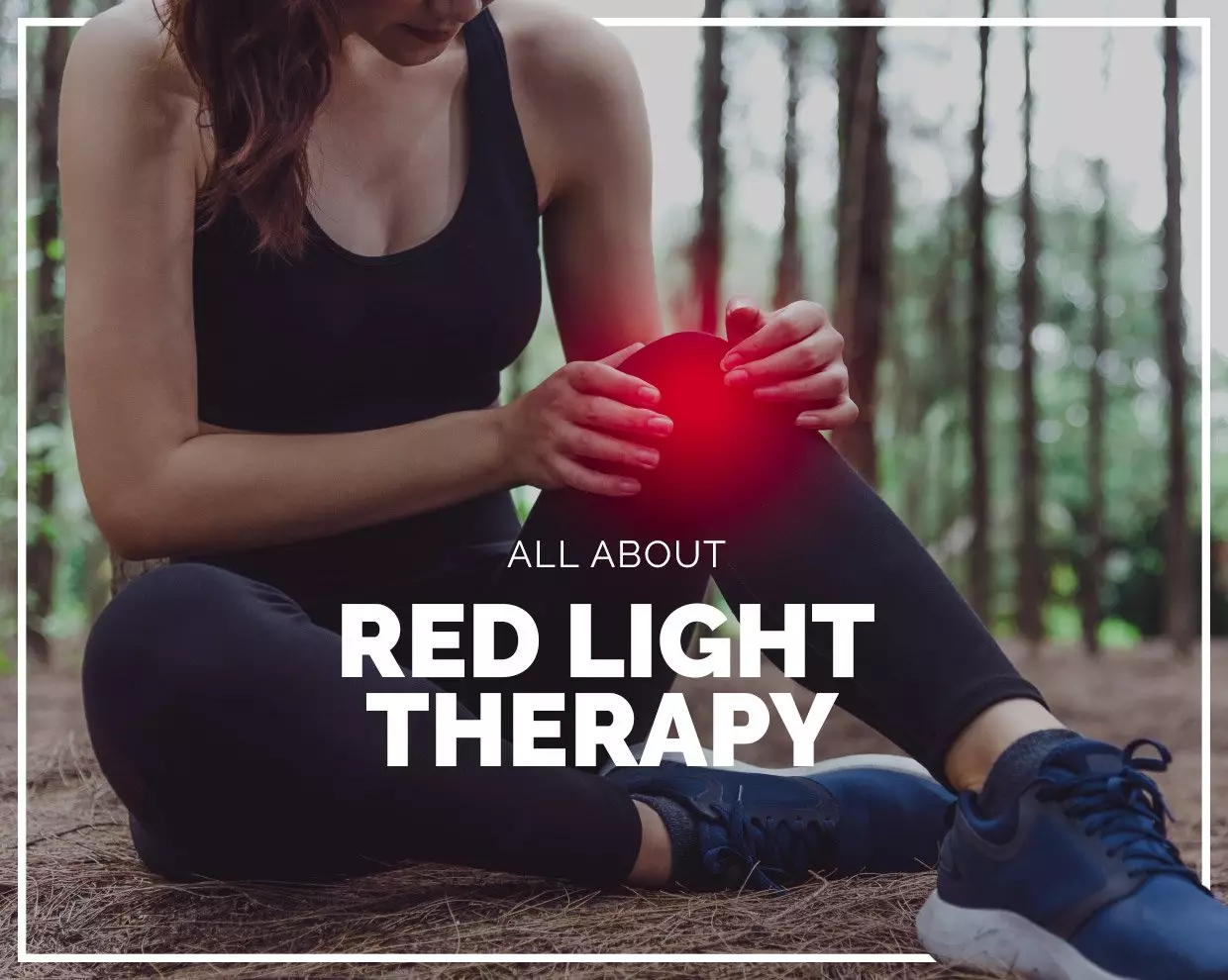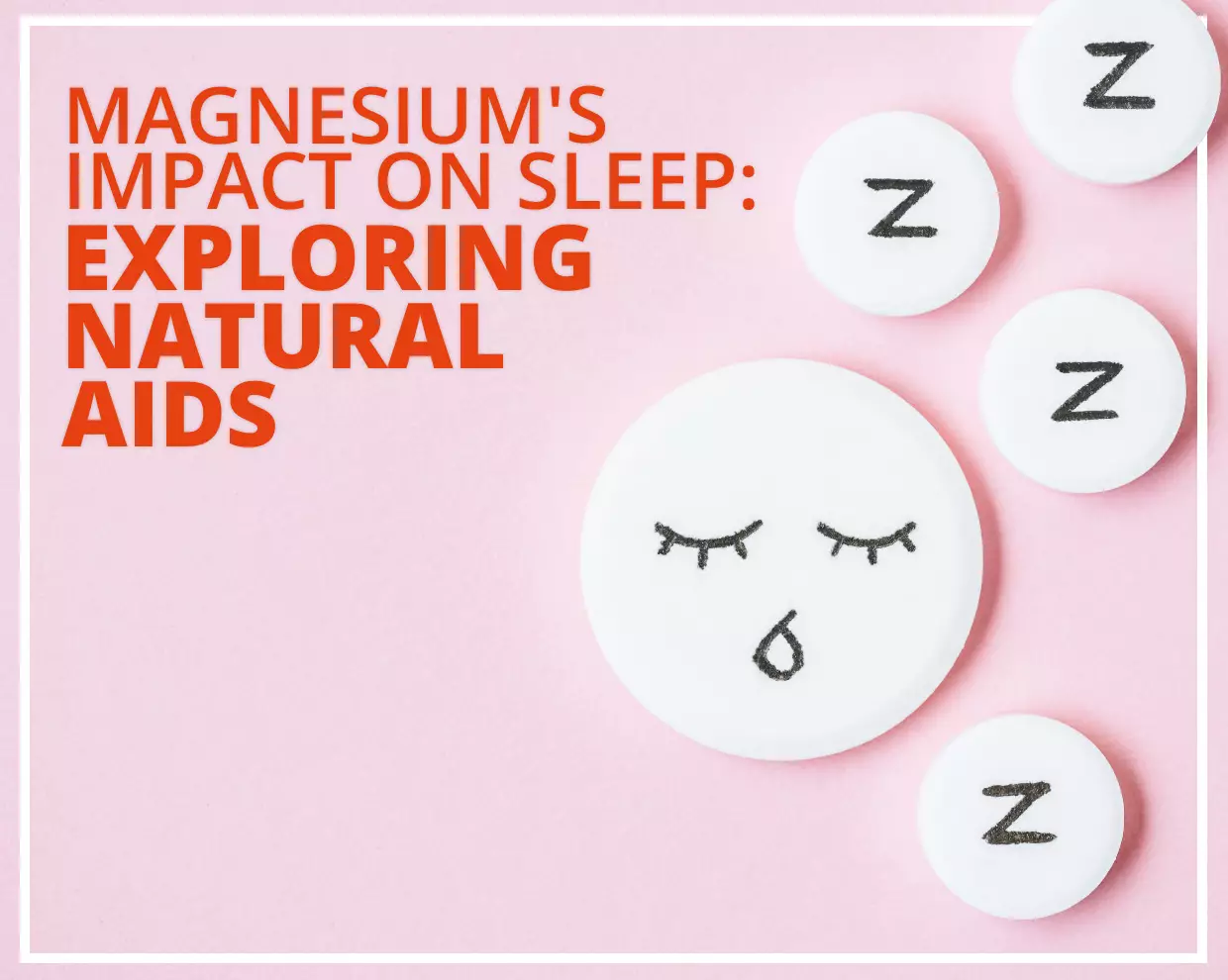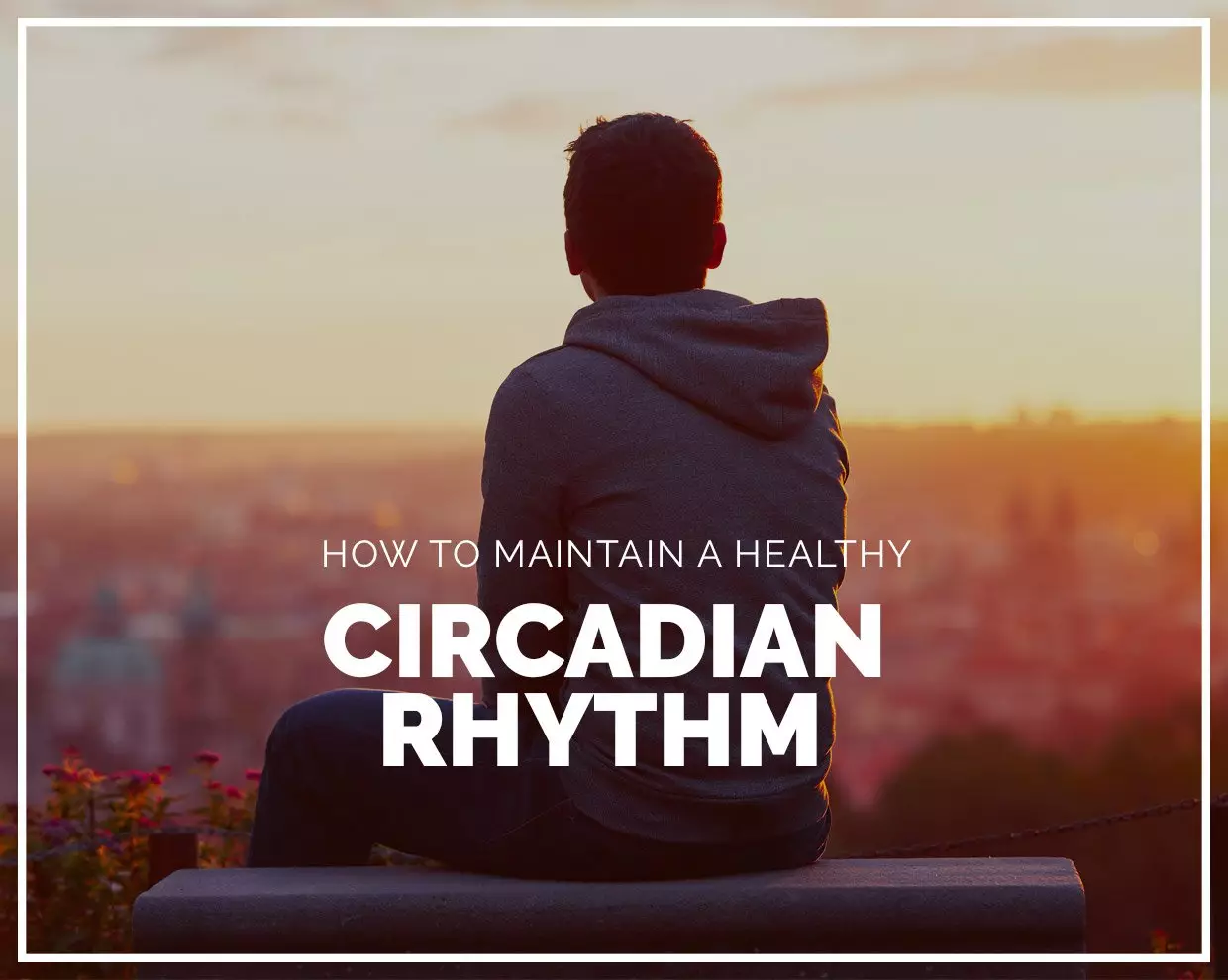What is red light therapy?
Red light therapy, also known as low-level laser therapy (LLLT) or LED light therapy, is a beneficial treatment whereby an infrared device is used to shine targeted infrared or near-infrared light on to a specific area on the body, to speed up cellular, tissue and muscular repair. Light therapy has been widely studied in clinical trials around the world for decades, starting with NASA over 30 years ago, to speed up wound healing(1).
Light therapy — also known as photobiomodulation (PBM) — is a natural, non-invasive therapy that delivers beneficial wavelengths of light to your skin and skin cells. Only a select range of red and near-infrared light is clinically therapeutic for PBM — specifically wavelengths between about 600 to 1,200 nanometers, which is known as the “therapeutic window”. However, light within the 700-770 nm window hasn’t actually been found to have much clinical benefit, so it’s not necessary to go higher than 700 nm when looking for a light therapy device(2).
A light therapy device harnesses the therapeutic wavelengths of natural light, and delivers it directly to your skin, where the photons of red and near-infrared activate the mitochondria in your cells. This works to stimulate the electrons during cellular respiration, the process that is responsible for adenosine triphosphate production (ATP) — the organic compound that provides energy to drive many processes in living cells. Mitochondria are the tiny energy centres within each cell in the body, that perform like the “batteries” of a cell to fuel all cellular processes, and they are highly responsive to light. The stimulation of mitochondria in human cells is very similar to the process of photosynthesis in plants, as it also creates cellular energy which enhances performance and growth, physical energy and longevity.
Not only this, but natural red and NIR light can help create a better oxidative environment in your cells, helping to activate numerous cellular pathways, increase protein synthesis, enzyme activation, and efficient cell recycling.
However, there is still a lot to learn about light therapy. For example, a recent study found that red and NIR light can help restore a healthy gut microbiome. Since we know that light can affect the microbiome indirectly through the circadian rhythm, it makes sense that light and the gut are connected. Yet, a direct causal effect between PBM and the gut microbiome is still unknown: since PBM has been proven to reduce pro-inflammatory cytokines in the body, and change the state of cells from pro-inflammatory to anti-inflammatory, it could be that the body’s inflammatory response is being affected, rather than the gut microbiome directly(3).
Clinically proven health benefits
Light therapy has been clinically proven to provide the following health benefits:
1. Increased skin health and anti-ageing:
Studies have found that light therapy can improve skin tone and complexion, diminish signs of ageing such as wrinkles and fine lines, speed up the healing of wounds and scars, and boost natural collagen production. This is because red light stimulates the fibroblasts in our skin, which are responsible for collagen production, which in turn plumps up the skin and reduces visible signs of ageing(4).
2. Muscle recovery and physical performance:
Muscle repair is important for people who train at a high physical level, which causes micro muscular tears and inflammation. Studies have found that red light helps aid recovery, but also stimulates muscle growth. One study found that, compared with a placebo, light therapy increased the maximal load in exercise and reduced muscular fatigue, decreased inflammation while increasing thigh muscle hypertrophy, and up-regulated protein synthesis and oxidative stress defence(5).
3. Joint pain and inflammation reduction:
Light therapy has been found to treat knee arthritis, and even prevent the need for knee replacement surgery(6). In addition, it’s been found that NIR produces short-term effects on pain reduction and increased joint mobility in people with osteoarthritic knee pain(7).
4. Increased cognitive function:
Studies have found that participants with a traumatic brain injury displayed significant neurological improvements after receiving light therapy treatment, including increased memory, concentration, information processing speed and regional cerebral blood flow increases(8). Participants also reported a significant reduction in negative symptoms post-treatment.
5. Wound healing:
In recent clinical trials examining light therapy and diabetes patients with significant chronic wounds, red light therapy has been shown to aid the healing of wounds, burns, and scars. This works by inducing the release of cytokines and chemokines in cells — the proteins that regulate and determine the nature of immune responses and control immune cell trafficking(9).
6. Melatonin production and sleep enhancement:
Finally, it’s well known that red light and NIR can help support the healthy functioning of circadian rhythms and enhance sleep as a result. Red light helps maintain natural melatonin production — the hormone released by the pineal gland in the brain which helps to modulate sleep patterns. Red light has a long wavelength and a lower colour temperature, which enables the body to maintain its natural production of melatonin in the evening. In contrast, blue light has a shorter wavelength and a higher colour temperature which works to induce the inhibition of melatonin secretion, and therefore we should increase our exposure to this kind of light in the morning(10).
Effective red light and NIR therapy devices
If you’re looking for a red light device, here are a few options:
TrueDark Energy Square – Ideally placed on a desk for each session, Truedark Energy Square offers 4 different types of LED therapy lights, with different wavelengths of red for rejuvenation, NIR for strengthening, and yellow for skin preparation. It also offers two different lighting modes: steady for help in reducing pain and pulsating to assist with cellular healing.
TrueDark® - TrueLight® Luna Red Sunset Sleep Light - The sunset sleep light bulb, when attached into a lamp or fixture socket, will significantly reduce the interference of blue light on your body’s melatonin production, allowing you to enjoy your evening hours knowing your sleep/circadian rhythm is being kept in balance.
TrueDark® – TrueLight® Baton Rouge - This is a handheld device that emits a patent-pending combination of yellow, red, and near-infrared light wavelengths which may positively react with mitochondria to repair and stimulate cellular regeneration. Increased collagen production, muscle recovery, reduction in scars & wrinkles. This product offers the ability to choose from red only, yellow only, or red+yellow light therapy sessions to customize your light therapy experience. Additionally, pulsating or steady lights can be chosen to concentrate on either healing or pain.
Red-tinted glasses, like TrueDark, can also be used to block out blue light and to negate some of its unwanted effects, such as stimulating the brain and disrupting our circadian rhythms when we should be winding down at night.
Red Light Rising – The Full Stack Red Light - A 200 LED system comprising of 660nm (red) and 850nm (near-infrared) precise wavelength light diodes have been carefully chosen for maximum benefit. This product comes in a size and beams angle that allows more coverage of your body.
Red Light Rising – The Target Light - A small and portable but powerful red light therapy device, made with specifically chosen wavelengths for maximum mitochondrial stimulation and energy. This unit is perfect for using for a red light facial, or more specific treatment to areas requiring the healing powers of red and near-infrared light, whether it is injury, rapid repair or reducing fine lines!
Alternatively, you can shop our recommended red light devices here. And best of all, you only need 20-30 minutes each day to see the benefits of PBM — the key is to be consistent about using your device on a daily basis.
Summary
Although there is still plenty more research needed to understand the effects of red light therapy on certain bodily functions, such as how it affects the gut microbiome, it’s clear that clinical research on the effectiveness and safety of light therapy is very promising. Whether you’re looking for systematic benefits such as sleep enhancement, muscle building, increased collagen production and anti-ageing, or cellular renewal and energy, red and NIR light therapy has countless benefits — and best of all, it’s a natural form of therapy using one of the most fundamental forms of energy known to mankind: light.
References
1 Effect of NASA light-emitting diode irradiation on wound healing
2 The nuts and bolts of low-level laser (light) therapy
3 “Photobiomics”: Can Light, Including Photobiomodulation, Alter the Microbiome?
4 A Controlled Trial to Determine the Efficacy of Red and Near-Infrared Light Treatment in Patient Satisfaction, Reduction of Fine Lines, Wrinkles, Skin Roughness, and Intradermal Collagen Density Increase
5 Effects of Light-Emitting Diode Therapy on Muscle Hypertrophy, Gene Expression, Performance, Damage, and Delayed-Onset Muscle Soreness
6 Does addition of low-level laser therapy (LLLT) in conservative care of knee arthritis successfully postpone the need for joint replacement?
7 Short-term Efficavy of Low- Level Laser Therapy in Patients with Knee Osteoarthritis: A Randomized Placebo-controlled, Double-blind Clinical Trial
8 Light therapy improves cognitive function after traumatic brain injury
9 Phototherapy with LED Shows Promising Results in Healing Chronic Wounds in Diabetes Mellitus Patients: A Prospective Randomized Double-Blind Study
10 The influence of different wavelengths of light on human biological rhythms

 UK Store
UK Store  NZ Store
NZ Store AU Store
AU Store EU Store
EU Store











